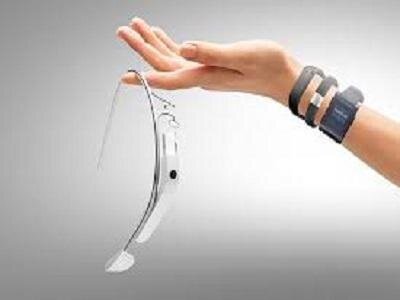The U.S. wearable technology market is poised for significant expansion over the coming years, driven by relentless innovation and a growing consumer demand for cutting-edge gadgets that seamlessly integrate with daily life. Recent reports from Archive Market Research underscore a robust trajectory for the market, projecting a surge from a valuation of USD 23.07 billion in 2023 to an impressive USD 53.61 billion by 2032. This growth is underpinned by a compound annual growth rate (CAGR) of 12.8%, reflecting the increasing appetite for wearable technologies across sectors.
Key players leading this technological surge include global giants such as Apple, Google parent Alphabet Inc., Samsung Electronics, and Microsoft, alongside ambitious innovators like Cala Health and Magic Leap. The competitive landscape is characterized by rapid advancements and strategic collaborations that are set to redefine user experiences and create new market paradigms.
A primary driver of this growth is the heightened awareness of health and fitness, which has placed wearables at the forefront of personal wellness management. Technological advancements, particularly in AI and machine learning, are enhancing these devices’ capabilities, allowing for personalized health insights and proactive wellness recommendations. This tech-savvy era sees wearables evolving from mere fitness trackers to comprehensive health monitors that offer real-time data and actionable insights.
The market trends reveal a clear movement towards the miniaturization of devices, enabling more seamless integration into daily wear. This trend, coupled with sophisticated data integration across platforms, is making wearables indispensable companions in the quest for improved health outcomes and lifestyle enhancement. Moreover, innovations in AI are facilitating smarter, more intuitive wearables that learn from user behavior to offer tailored advice and promote healthier habits.
Emerging applications of wearable technology extend beyond consumer electronics, further ingraining themselves in sectors such as healthcare, where they are beginning to revolutionize patient monitoring and diagnosis. The U.S. market specifically benefits from supportive government initiatives and an increase in disposable income, which collectively bolster consumer purchasing power and adoption rates.
The study encompassing these insights also elaborates on product classifications within the market, such as head & eyewear and wristwear, while exploring their diverse applications. Additionally, the report analyzes the economic impacts of these technologies on regional and global scales, providing a comprehensive overview that aids businesses in strategic planning and market engagement.
As the U.S. wearable tech market enters this transformative period, industry participants are advised to stay aligned with evolving regulatory frameworks that govern the market. Staying informed through meticulous research and understanding the competitive dynamics will be crucial for both established firms and new entrants aiming to capture market share in this rapidly growing field.
Overall, the next decade promises to be an exciting era for the wearable technology market as it continues to reshape the intersection of health and innovation, making profound impacts on how individuals interact with technology in their daily lives.


